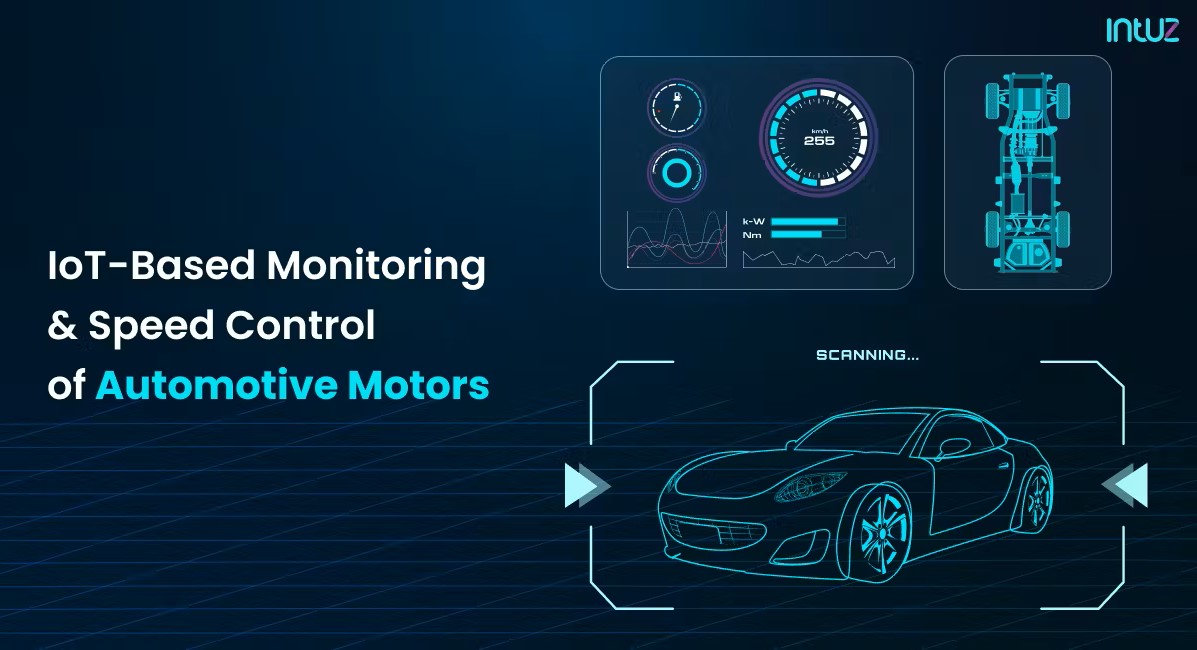Articles and Trivia
Write an articleIoT-Based Monitoring And Speed Control Of Automotive Motors

The automotive industry is experiencing a significant transformation through the integration of Internet of Things (IoT) technology, particularly in motor speed control and monitoring. IoT-based systems offer a range of benefits in enhancing operational efficiency, ensuring safety, and enabling real-time monitoring of various parameters crucial for optimal motor performance.
An IoT-based motor controller typically consists of components such as an LCD display for real-time data visualization, a WiFi module for cloud communication, a microcontroller for IoT connectivity, a temperature sensor for monitoring heat variations, a current transformer to measure motor current, a voltage transformer for supply voltage measurement, a split-core current transformer for accurate measurements, and speed sensors with TRIAC switches for controlling motor speeds.
The advantages of IoT-enabled motor speed control and monitoring are substantial. These systems enable continuous monitoring of parameters like voltage, current, and temperature to adjust motor speed using techniques like Pulse-Width Modulation (PWM). Through predictive maintenance, IoT facilitates early fault detection, reducing motor downtime, minimizing system failures, and ensuring vehicle, driver, and passenger safety. Furthermore, IoT-based monitoring contributes to the efficient use of electricity, particularly in industrial applications and solar power plants.
IoT technology is reshaping the automotive sector by enabling real-time motor speed control and monitoring, improving production continuity, and enhancing overall safety and efficiency. By leveraging IoT solutions, industries can prevent unexpected downtimes, improve maintenance practices, and optimize energy consumption. The integration of IoT in motor controllers is revolutionizing the automotive industry, paving the way for smarter, more connected vehicles and industrial machinery.


